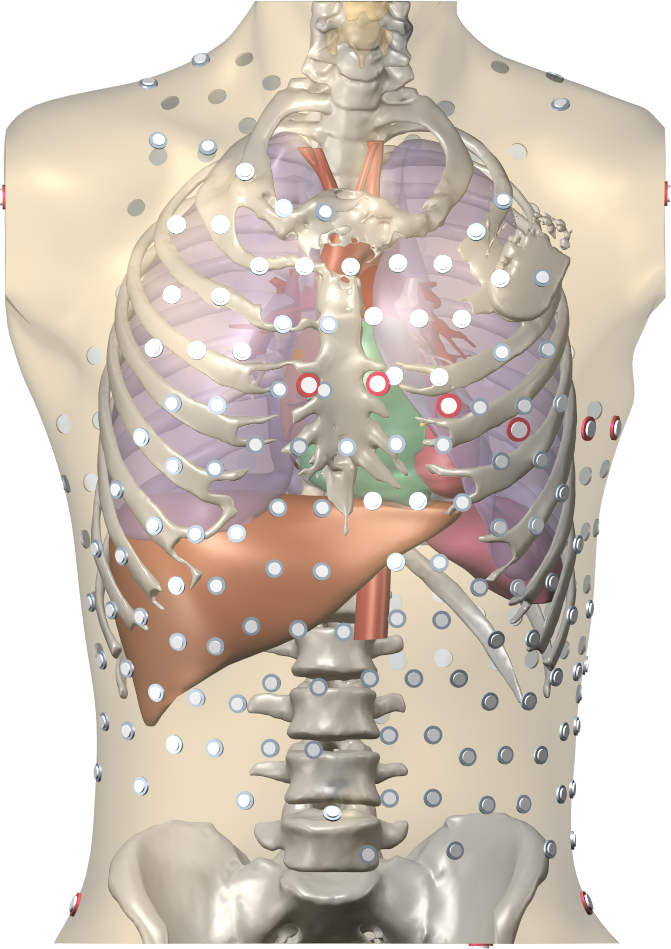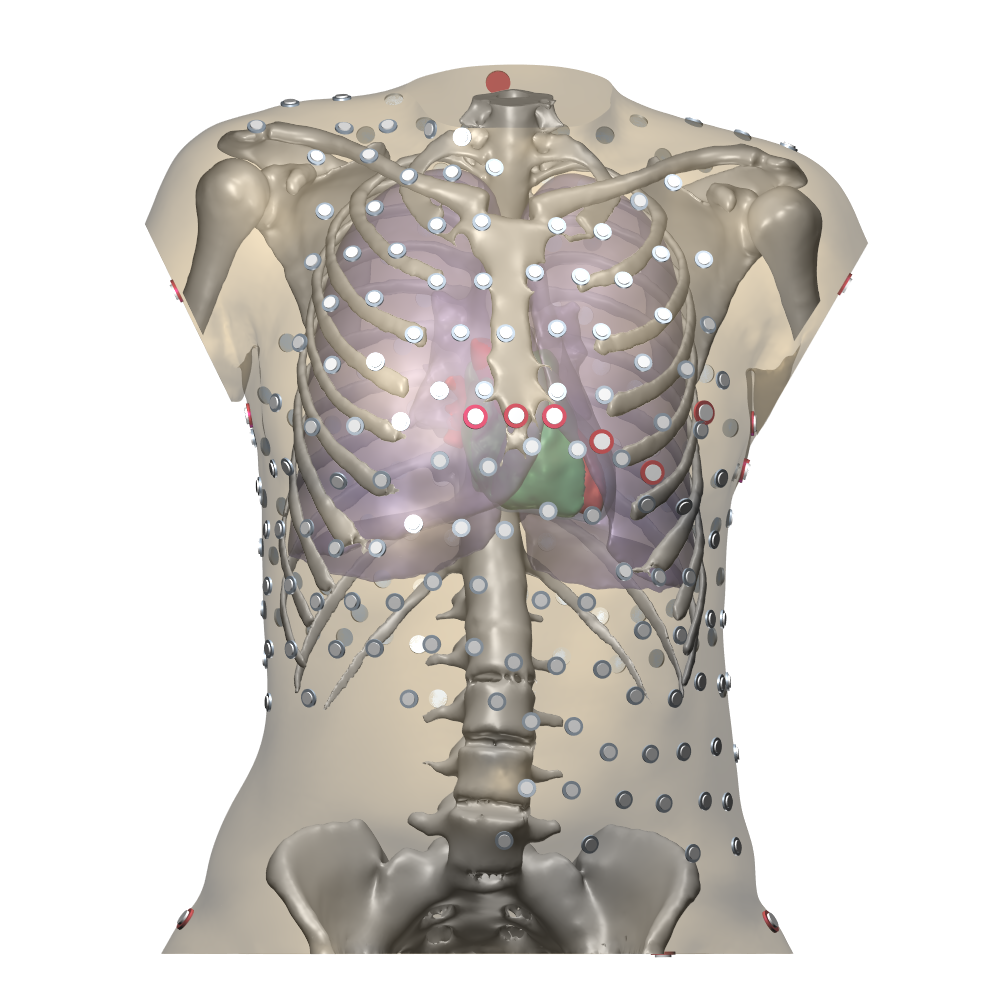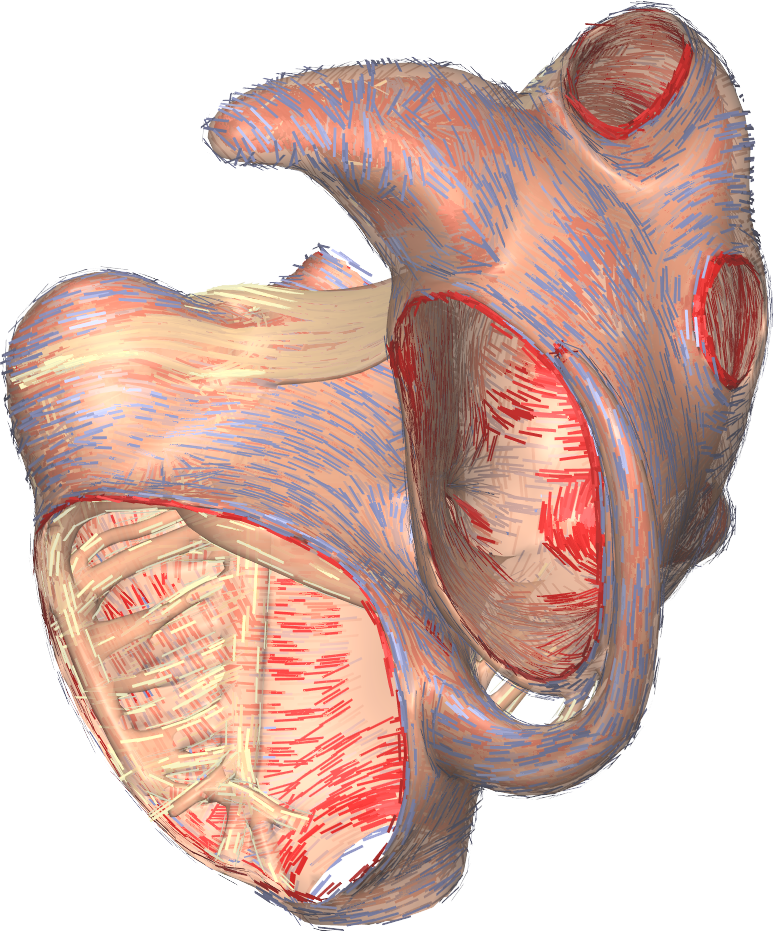Section: New Software and Platforms
Platforms
CEMPACK
CEMPACK is a new collection of software that was previously archived in different places. It includes the high-performance simulation code Propag and a suite of software for the creation of geometric models, preparing inputs for Propag, and analysing its outputs. In 2017 the code was collected in an archive on Inria's GitLab platform, and a public website was created for documentation (http://cempack.gforge.inria.fr). The main components of CEMPACK are the following.
- Propag-5.1
-
Applied modeling studies performed by the Carmen team in collaboration with IHU Liryc and foreign partners [7][71], [60], [57], [53] rely on high-performance computations on the national supercomputers Irene, Occigen, and Turing. The Propag-5 code is optimized for these systems. It is the result of a decades-long development first at the Université de Montréal in Canada, then at Maastricht University in the Netherlands, and finally at the Institute of Computational Science of the Università della Svizzera italiana in Lugano, Switzerland. Since 2016 most of the development on Propag has been done by M. Potse at the Carmen team [72]. The code scales excellently to large core counts and, as it is controlled completely with command-line flags and configuration files, it can be used by non-programmers. It also features
-
a completely parallel workflow, including the initial anatomy input and mesh partitioning, which allows it to work with meshes of more than nodes,
-
a flexible output scheme allowing hundreds of different state variables and transient variables to be output to file, when desired, using any spatial and temporal subsampling,
-
a configurable, LUSTRE-aware parallel output system in which groups of processes write HDF5/netCDF files, and
The code has been stable and reliable for several years. It can be considered the workhorse for our HPC work until CEPS takes over.
- Gepetto
-
The Gepetto suite, named after a famous model maker, transforms a surface mesh of the heart into a set of (semi-)structured meshes for use by the Propag software or others. It creates the different fiber orientations in the model, including the transmurally rotating ventricular fibers and the various bundle structures in the atria (figure 2), and creates layers with possibly different electrophysiological properties across the wall. A practically important function is that it automatically builds the matching heart and torso meshes that Propag uses to simulate potentials in the torso (at a resolution of 1 mm) after projecting simulation results from the heart model (at 0.1 to 0.2 mm) on the coarser torso mesh [68]. Like Propag, the Gepetto software results from a long-term development that started in Montreal, Canada, around 2002. The code for atrial fiber structure was developed by our team.
- Blender plugins
-
Blender (https://www.blender.org) is a free software package for the production of 3-D models, renderings, and animations, comparable to commercial software such as Cinema4D. CEMPACK includes a set of plugins for Blender that facilitate the production of anatomical models and the visualization of measured and simulated data. It uses the MMG remeshing library, which is developed by the CARDAMOM team at Inria Bordeaux.
|
MUSIC
MUSIC is a multimodal platform for cardiac imaging developed by the imaging team at IHU LIRYC in collaboration with the Inria team Asclepios (https://bil.inria.fr/fr/software/view/1885/tab). It is based on the medInria software also developed by the Asclepios team. MUSIC is a cross-platform software for segmentation of medical imaging data, meshing, and ultimately also visualization of functional imaging data and model results.
Several members of the Carmen team use MUSIC for their work, and the team contributes to the software through the IDAM project.





